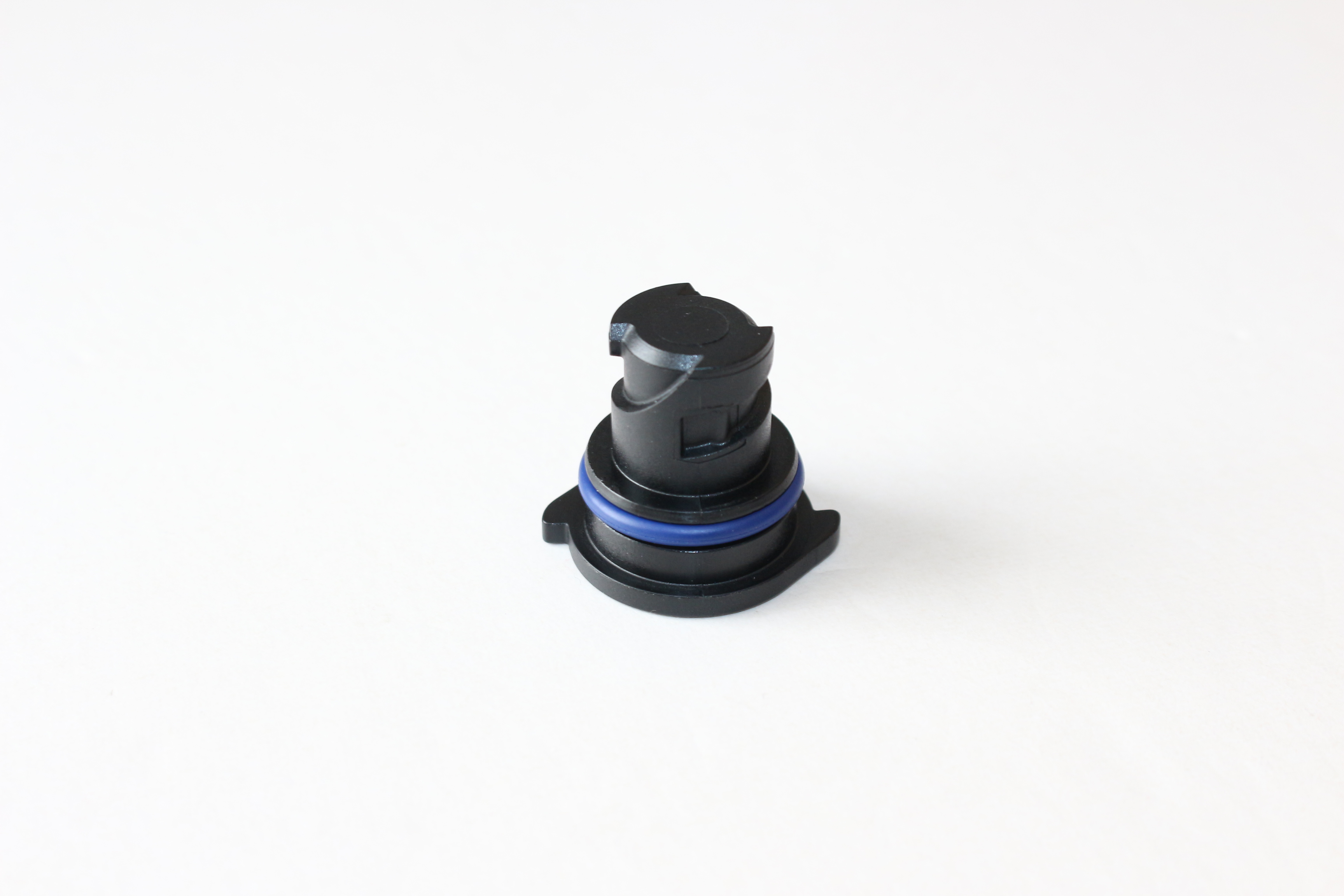High Temperature O-Rings for Enhanced Performance and Durability in Extreme Conditions
Understanding High-Temperature O-Rings Their Importance and Applications
O-rings are ubiquitous components in various mechanical systems, serving a crucial function in sealing applications. Among the numerous types of O-rings, those designed for high-temperature environments stand out due to their materials and engineering advancements. High-temperature O-rings are essential in industries where machinery and equipment operate under extreme thermal conditions, such as aerospace, automotive, oil and gas, and chemical processing.
What Are High-Temperature O-Rings?
High-temperature O-rings are made from specialized materials that can withstand elevated temperatures without losing their physical properties. Common materials used in their production include fluorocarbon elastomers (FKM), silicone, polyacrylate, and thermoplastic elastomers, among others. Each of these materials has unique benefits tailored to specific applications, enabling O-rings to maintain their integrity and sealing capabilities in challenging environments.
Key Properties of High-Temperature O-Rings
1. Temperature Resistance The primary factor that differentiates high-temperature O-rings is their ability to resist thermal degradation. While standard O-rings may begin to break down at temperatures exceeding 60°C (140°F), high-temperature variants can function effectively at temperatures reaching up to 250°C (482°F) or even higher, depending on the material.
2. Chemical Compatibility In high-temperature scenarios, O-rings often encounter aggressive chemicals, oils, and gases. Therefore, it is crucial for high-temperature O-rings to possess excellent chemical resistance to prevent degradation and ensure longevity in applications. For instance, FKM is known for its solvent and ozone resistance, making it an excellent choice for harsh environments.
3. Low Compression Set A vital performance characteristic is the compression set of the O-ring material. High-performance O-rings are engineered to maintain their original shape and sealing capabilities over time, even after prolonged exposure to high temperatures and pressures.
4. Durability High-temperature O-rings must withstand not only thermal conditions but also mechanical stresses. They are often engineered to manage vibrations, dynamic movements, and extreme pressures, ensuring reliability over extended periods.
high temp o rings

Applications of High-Temperature O-Rings
The versatility of high-temperature O-rings allows their application across various sectors
- Aerospace In aerospace applications, O-rings are crucial for ensuring reliable seals in engines and other critical components that operate in extreme temperatures and under fluctuating pressure conditions.
- Automotive High-performance vehicles often feature high-temperature applications where O-rings are employed in fuel systems, transmission systems, and cooling systems.
- Oil and Gas O-rings play a critical role in sealing components within drilling and refining equipment, which operates at high pressures and temperatures, facilitating safe and efficient extraction of resources.
- Chemical Processing In chemical manufacturing, equipment is subjected to corrosive environments along with high temperatures. High-temperature O-rings ensure that seals remain intact, preventing leaks and maintaining system integrity.
Conclusion
High-temperature O-rings are indispensable components in many industries, ensuring safe and efficient operation of machinery and equipment under extreme conditions. Their ability to withstand elevated temperatures, resist chemical degradation, and maintain performance under stress makes them a vital element in design and engineering processes. As industries continue to push the boundaries of technology, the demand for reliable high-temperature O-rings is expected to grow, driving innovations in materials and design to meet the evolving needs of various applications. Whether in an aircraft engine, an automotive transmission, or a chemical processing plant, high-temperature O-rings are key players in maintaining functionality and safety.
-
Understanding the Front Main Engine Seal: Purpose, Maintenance, and Installation
News Jul.29,2025
-
Understanding O-Rings and Seal Rings: Types, Applications, and Custom Solutions
News Jul.29,2025
-
Understanding Crankshaft Oil Seals: Rear Seals, Pulley Seals, and Their Role in Engine Integrity
News Jul.29,2025
-
The Importance of Front and Rear Crankshaft Seals in Engine Performance and Oil Management
News Jul.29,2025
-
Crank Oil Seals: Functions, Types, and Cost Considerations in Engine Maintenance
News Jul.29,2025
-
A Comprehensive Guide to O-Rings and Seals: Types, Materials, and Global Applications
News Jul.29,2025
-
Mastering Diesel and Performance Engine Maintenance: A Guide to Critical Oil Gaskets
News Jul.28,2025
Products categories















